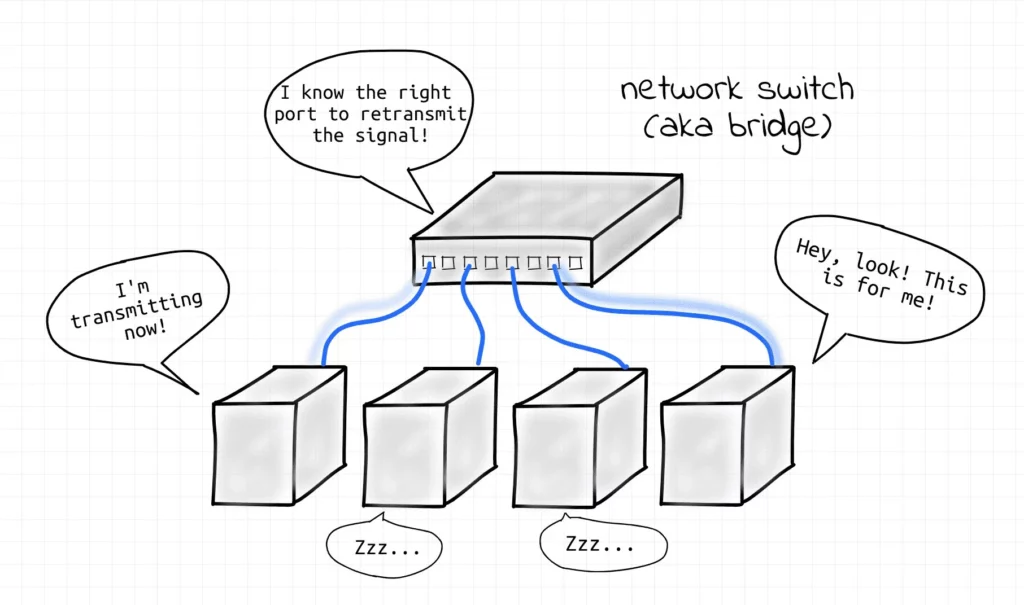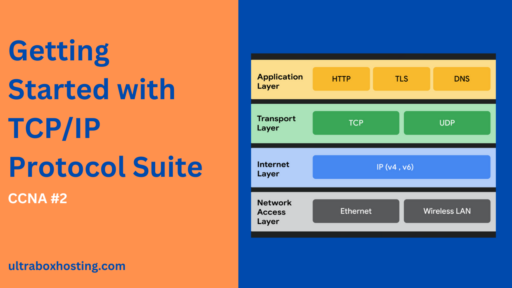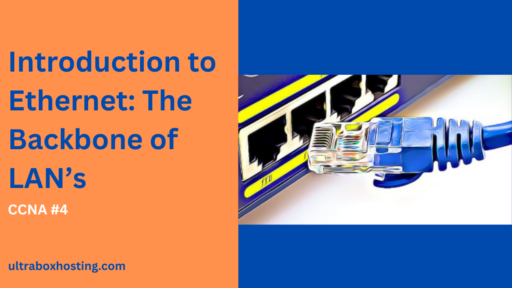In today’s interconnected world, networking forms the backbone of information technology and digital communication. Whether it’s for sharing resources, exchanging data, or connecting to the internet, networks enable individuals and organizations to communicate and collaborate more effectively. In this blog I will provide a comprehensive introduction to the fundamentals of networking, aiming to demystify the concepts for beginners and offer a solid foundation for further exploration.
Table of Contents
What is a Network?

At its simplest, a network is defined as a collection of computers, servers, mainframes, network devices, peripherals, or other devices connected to one another to allow the sharing of data. An excellent example of a network is the Internet, which connects millions of people from all over the world. Networks can be small, connecting just a few computers in a home or office, or they can be large, connecting millions of devices across the globe.
Types of Networks
- Local Area Network (LAN): This network is confined to a small area, like a single building or a campus. It is typically used for connecting computers and devices within offices or homes.
- Wide Area Network (WAN): This spans a large geographical area and typically consists of multiple LANs. The Internet is the largest WAN, as it extends across the globe.
- Personal Area Network (PAN): This network is designed for personal devices within a very short range of a few meters, often using Bluetooth or NFC technology.
- Metropolitan Area Network (MAN): Larger than a LAN but smaller than a WAN, MANs often span the entirety of a city and are commonly used by government bodies and large organizations.
Key Networking Components
- Router: Works at the network layer to forward data packets between networks based on their IP addresses.
- Switch: Operates at the data link layer to connect devices within the same network and uses MAC addresses to forward data to the correct destination.
- Hub: A basic networking device that connects multiple Ethernet devices, making them act as a single network segment. It broadcasts data to all connected devices.
- Modem: Modulates and demodulates signals for data transmission over telephone lines, cable systems, or satellites.
- Firewall: Monitors and controls incoming and outgoing network traffic based on predetermined security rules.
Understanding Network Topologies
The arrangement or topology of a network can affect its performance and reliability. Here are the most common types:
- Bus Topology: All devices share a single communication line; typically found in older or smaller setups.
- Star Topology: Each device connects to a central hub; if the hub fails, the whole network is affected, but it’s easy to add or remove devices.
- Ring Topology: Devices are connected in a closed loop; data travels in one direction, which can make troubleshooting simpler.
- Mesh Topology: Each device connects directly to others; highly reliable as there’s no single point of failure, but it’s costly and complex.
Protocols and Layers
Network protocols are standards and policies that determine how data is transmitted and received. Some essential networking protocols include TCP/IP for routing data, HTTP for web data, and FTP for file transfers. These protocols operate across different layers of a network, which are conceptualized in models like the OSI and TCP/IP models:

- OSI Model: It has seven layers, from the physical connection (Physical Layer) to the software that interacts with the end-user (Application Layer).
- TCP/IP Model: This model has four layers and is the backbone protocol of the Internet.
Conclusion
Understanding the basics of networking allows individuals to appreciate how data is sent and received across different networks. As networking technologies evolve, the basics of networking—such as understanding network topologies, protocols, and the essential components—remain crucial for anyone involved in IT and cybersecurity. This foundational knowledge is not only pivotal for building further technical expertise but also for troubleshooting and optimizing network performance.
FAQ’s
1. What is a network?
- A network is a collection of computers, servers, and other devices that are connected to each other to share resources and data. Networks can vary in size from a small home network to the global Internet.
2. What are the different types of networks?
- Local Area Network (LAN): Covers a small geographical area like a home, office, or building.
- Wide Area Network (WAN): Covers a broad area such as a city, state, or country.
- Personal Area Network (PAN): For personal devices within a few meters.
- Metropolitan Area Network (MAN): Spans a city or large campus.
3. What are the key components of a network?
- Essential components include routers, switches, hubs, modems, and firewalls. Each plays a critical role in facilitating communication and ensuring data is directed correctly and securely within and between networks.
4. Can you explain common network topologies?
- Bus Topology: All devices share a single communication line.
- Star Topology: All devices are connected to a central hub.
- Ring Topology: Devices are connected in a circle, and data flows in one direction.
- Mesh Topology: Devices are interconnected with many redundant interconnections between network nodes.
5. What is the importance of networking protocols?
- Protocols define rules and standards for communication between network devices, ensuring data is transmitted efficiently and securely. Important protocols include TCP/IP, HTTP, FTP, and SMTP.
6. What is the OSI Model?
- The Open Systems Interconnection (OSI) Model is a conceptual framework used to understand network interactions in seven layers, from physical connections to application software.
7. How does a router differ from a switch?
- A router directs data packets between different networks based on IP addresses, functioning at the network layer. A switch connects devices within the same network, using MAC addresses to manage data traffic at the data link layer.
8. Why is network security important?
- Network security is crucial to protect data integrity, confidentiality, and availability from unauthorized access, cyber-attacks, and other threats. Firewalls, encryption, and secure protocols are essential tools for enhancing network security.
9. What is a firewall?
- A firewall is a network security device that monitors and controls incoming and outgoing network traffic based on predetermined security rules. It helps to protect networks by blocking potentially harmful data packets.
10. How do VPNs work within a network? – A Virtual Private Network (VPN) extends a private network across a public network, allowing users to send and receive data as if their devices were directly connected to the private network. VPNs use encryption and other security measures to ensure the privacy of data transmitted over the internet.




